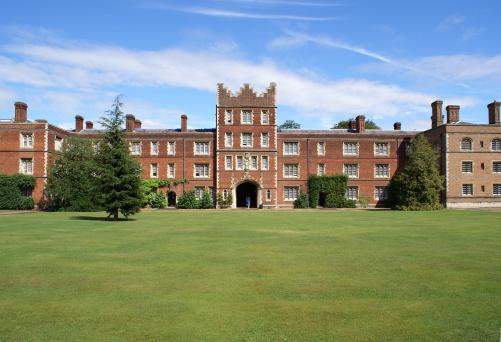
Supporting the support staff in schools - how external eyes can cast a new light
The funny thing about the word ‘support’ as used in schools is that it can - and often, frankly, does - have a negative hierarchical tinge to it. ‘Support’ staff - whose headcount in larger schools - especially boarding schools - can easily outnumber that of teachers, can feel secondary in importance to these same teachers; it is a wise school leadership, however, who recognises this danger and seeks to value immensely its ‘support’ staff - from catering to marketing, and with all other shades in between. After all, remove the ‘support’ staff, and see how long the school will be able to function ... spoiler alert: not long at all.
Why, though, the inverted commas around the term ‘support’? The term ‘support staff’ is widely used, but the more time consultants from William Clarence School Services spend in schools, supporting these ‘support’ staff, the more vigorous the discussions they have around how best to reconfigure this term in order to reflect more accurately what these staff do, and to appreciate more fully the bedrock of facilitation that they provide for the development and growth of each student. Facilitators, enablers, problem-solvers, crisis-handlers ... any of these terms would work, because they accurately describe so much of what ‘support’ staff actually do. From designing the materials and processes to attract new students (ie the lifeblood of the school), to organising the travel of international students, to providing food which students will enjoy eating, and to taking time to reassure parents about how to buy uniform and materials, each member of the ‘support’ team is vital in the school’s drive to provide the very, very best education that parents can afford.
Of course, nurturing and maintaining such a valuable asset demands investment, and this is where schools (as any organisation) can benefit enormously from external support; all too often, and through lack of time, pressured schools do not focus enough marrying closely the skills and potential of their staff with the vision of what they want to achieve through this formidable army of people. Taking time to work out what is really needed, and exploring in depth what staff have to offer (or could offer, if developed appropriately), is often a task, in fact, that is beyond any scope of even the most committed school. This is because it can take a clear and fresh pair of eyes on the situation - from someone or some people who are not immersed in the school, and who have wider experience in the sector, and who are practised in prompting reflection - for the right probing questions to be posed, that will lead in a gratifyingly short space of time to the school being able to know that every single member of staff is in the right role, doing the right thing, in order to support every single student.
The key message to school leaders is: invest in your staff and staff structures ... all of them. But if you are a Bursar or head of a ‘support’ function, reading this, then you knew that already!
William Clarence Education publish Independent School Management Plus, a quarterly publiccation aimed at engaging and offering practical advice and help all the non teaching community with Independent Schools worldwide. We are always keen to hear from our readers so please get in touch.
